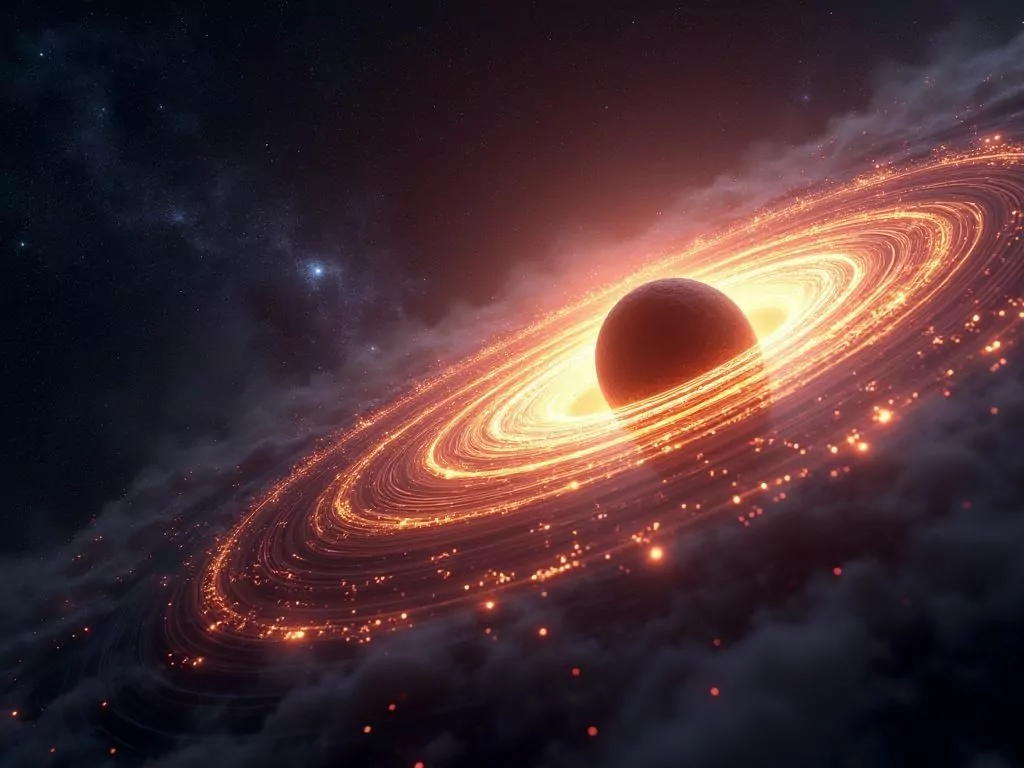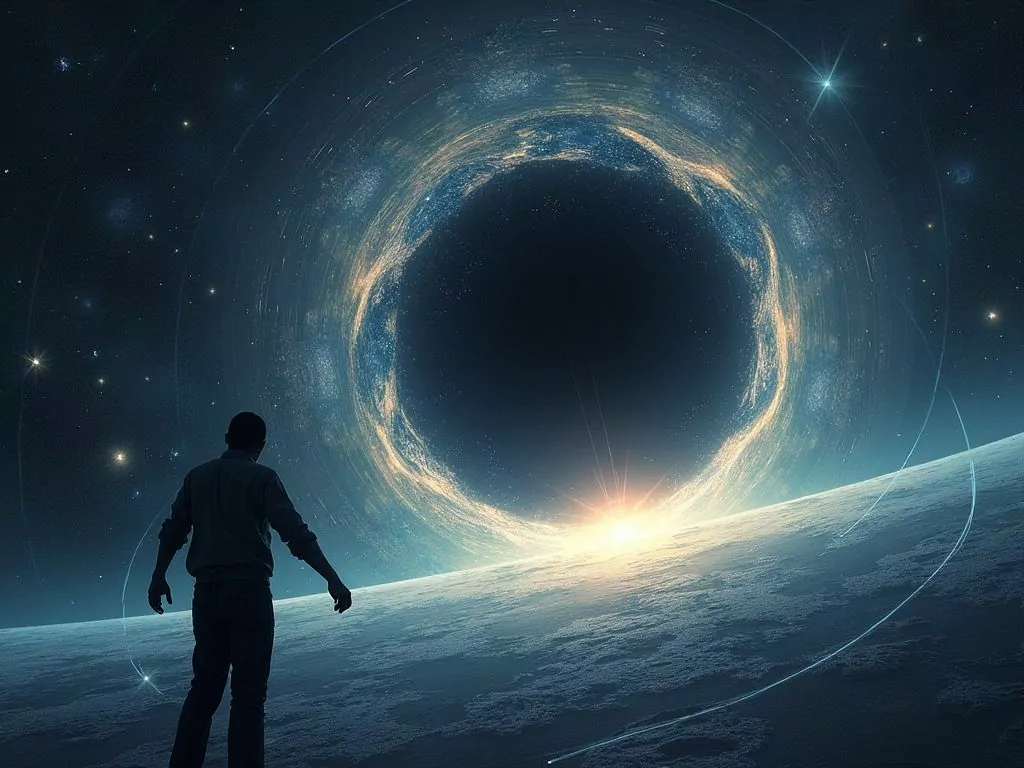Black holes are among the most mysterious phenomena in the universe. They challenge our understanding of space, time, matter, and even the very foundations of physics. Despite decades of research, humanity still knows only a fraction of the truth. What exactly is a black hole from an astrophysical perspective? How does it form, and what role does it play in the evolution of the universe? Let’s break it down. Without exaggeration or speculation.
What Is a Black Hole? Scientific explanation in simple terms
A black hole is a region of spacetime where gravity is so strong. That nothing not even light can escape its pull. The boundary beyond which nothing can return is called the event horizon. Anything that crosses it disappears forever from the observable universe.
From a scientific perspective, black holes are described by the equations of Albert Einstein’s general theory of relativity. Although the concept was first proposed in the 19th century, real evidence of their existence was only confirmed in the 20th century.
⚠️ Important: A black hole is not a “hole” in the traditional sense. It’s an extremely dense object where all its mass is concentrated in a single point called a singularity, where spacetime curvature and density become infinite.
How do black holes form?
It all starts with stars. Massive stars live fast and die in spectacular fashion. When a star exhausts the nuclear fuel that supports fusion reactions in its core, it loses internal balance. Gravity takes over, and the core collapses inward.
If the core’s mass exceeds a critical limit, a gravitational collapse becomes unstoppable. In just a few seconds, the star transforms into a black hole. Externally, it appears as a point of complete darkness, but inside lies a region of unimaginable density.
What lies inside remains unknown. It might be a point of infinite density, a singularity or something entirely different, beyond the limits of current human understanding.
Types of black holes

The most well-known type is the stellar black hole, formed from the collapse of massive stars. They are compact but incredibly dense, typically several times more massive than our Sun.
Then there are the supermassive black holes, cosmic giants found at the centers of galaxies. These monsters can be millions or even billions of times more massive than the Sun. Our own Milky Way hosts Sagittarius A*, a supermassive black hole about 4 million solar masses. Its origin remains a mystery perhaps formed from smaller black hole mergers or early Universe matter clumps.
Intermediate-mass black holes fall somewhere in between, but little is known about them. They might hold the key to understanding the formation of supermassive black holes.
Microscopic black holes: A theoretical possibility
Some theories propose the existence of primordial black holes microscopic entities formed shortly after the Big Bang, when matter density was extremely high. These tiny black holes could still exist today and may even make up part of dark matter, the invisible substance that exerts gravitational force but emits no light. If proven, their existence would revolutionize cosmology.
How black holes warp space and time
Einstein’s general theory of relativity shows that mass distorts space-time. Near a black hole, this distortion is extreme time slows down and gravity becomes so strong that not even light can escape. This is not just theory; even GPS satellites adjust for gravitational time dilation to function correctly. Near a black hole’s event horizon, minutes could pass for the observer while years go by on Earth.
Gravitational waves: New window into the cosmos
In 2015, the LIGO observatory detected gravitational waves from two merging black holes. This landmark event confirmed another of Einstein’s predictions and opened up a new era of gravitational astronomy, allowing scientists to observe events invisible in traditional light.
The future of black hole research
Next-gen projects like LISA (Laser Interferometer Space Antenna) will operate in space, detecting even weaker gravitational waves. Scientists are also tackling the information paradox: what happens to information that enters a black hole? The resolution could reshape our understanding of quantum mechanics and gravity.
Are black holes a threat to earth?
Thankfully, no. The nearest stellar black hole is over 1,000 light-years away. Even if it were headed toward us, it would take millions of years. Black holes don’t “suck” everything in they behave like any massive object unless something gets too close to the point of no return.
Can we travel through black holes?
Science fiction loves the idea. Theories suggest black holes might contain wormholes tunnels to distant parts of the universe or even other universes. But stability and survivability are major unknowns. While science hasn’t proven this possible, every new black hole discovery brings us closer to understanding if space-time travel could ever become reality.
Also read:
